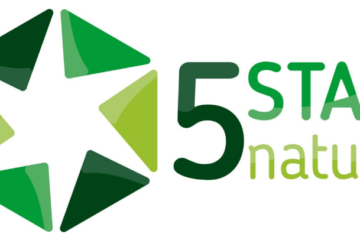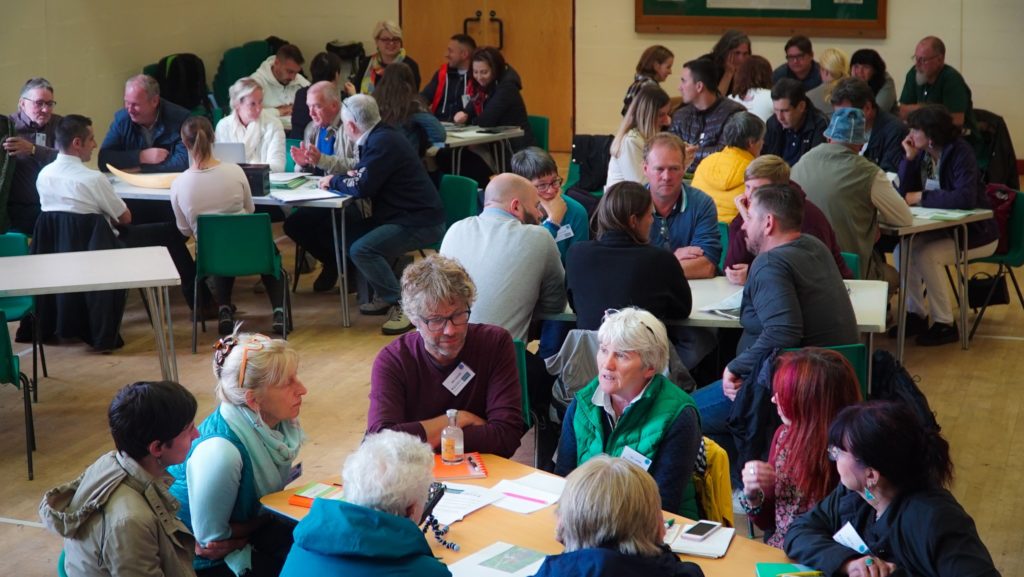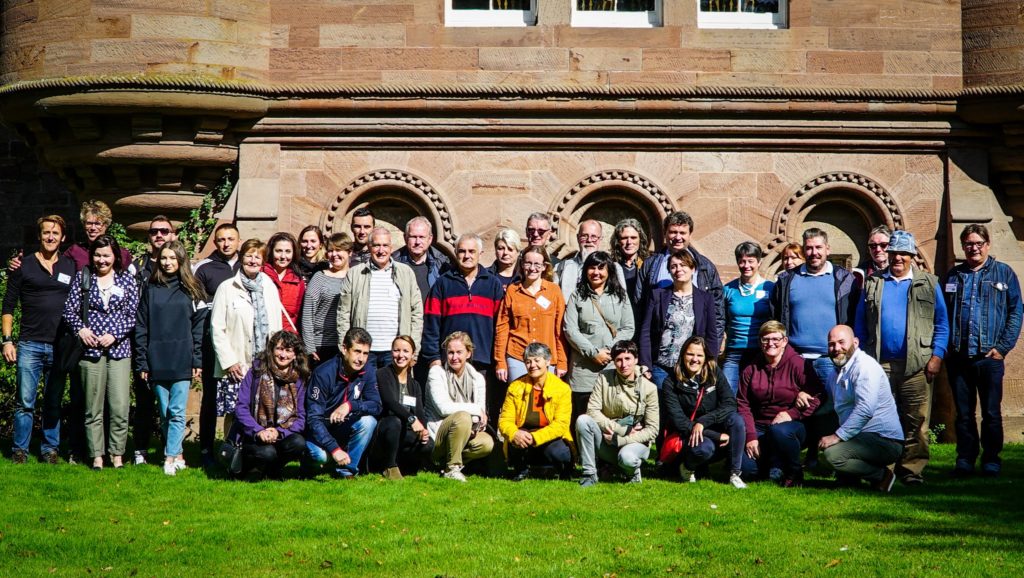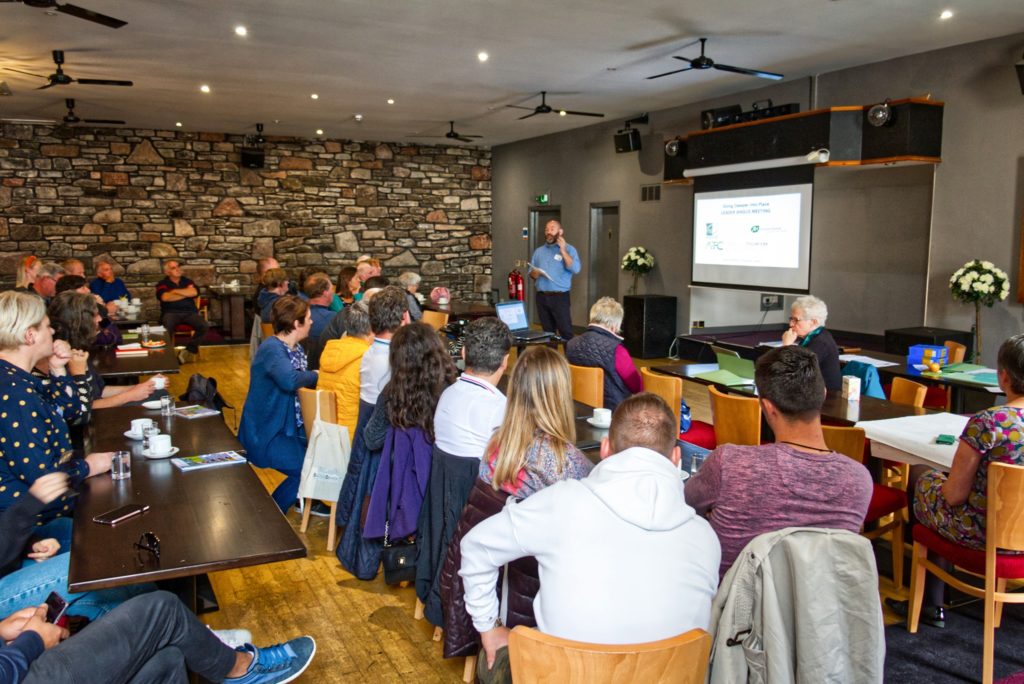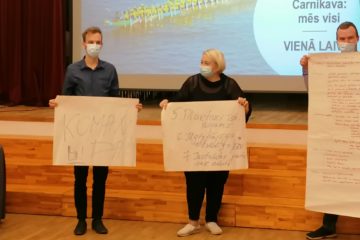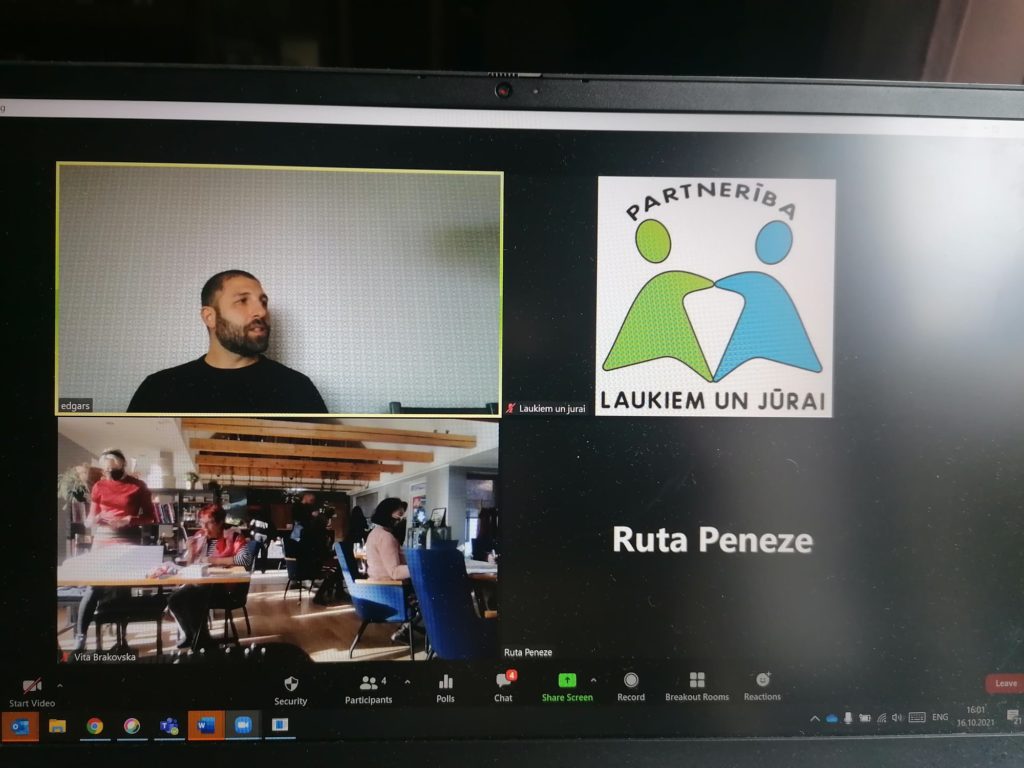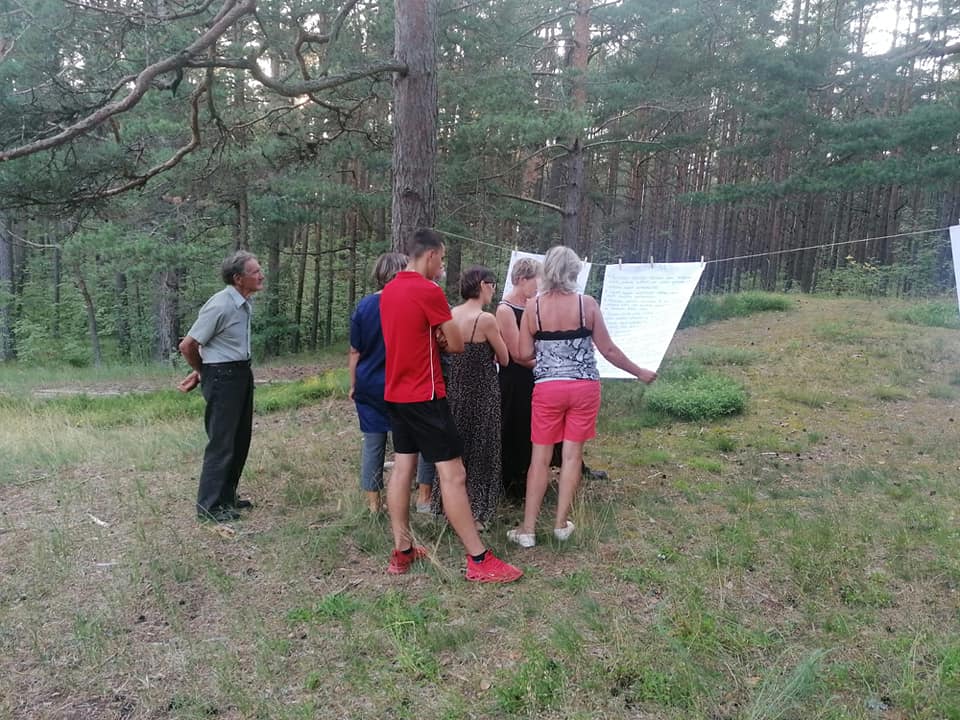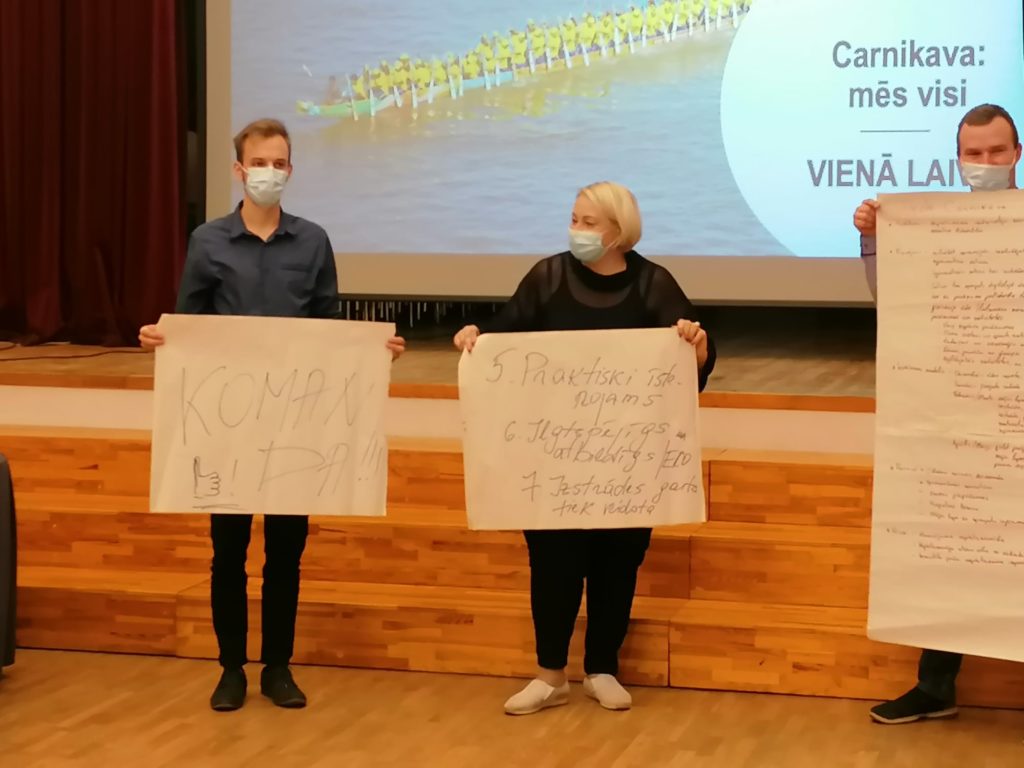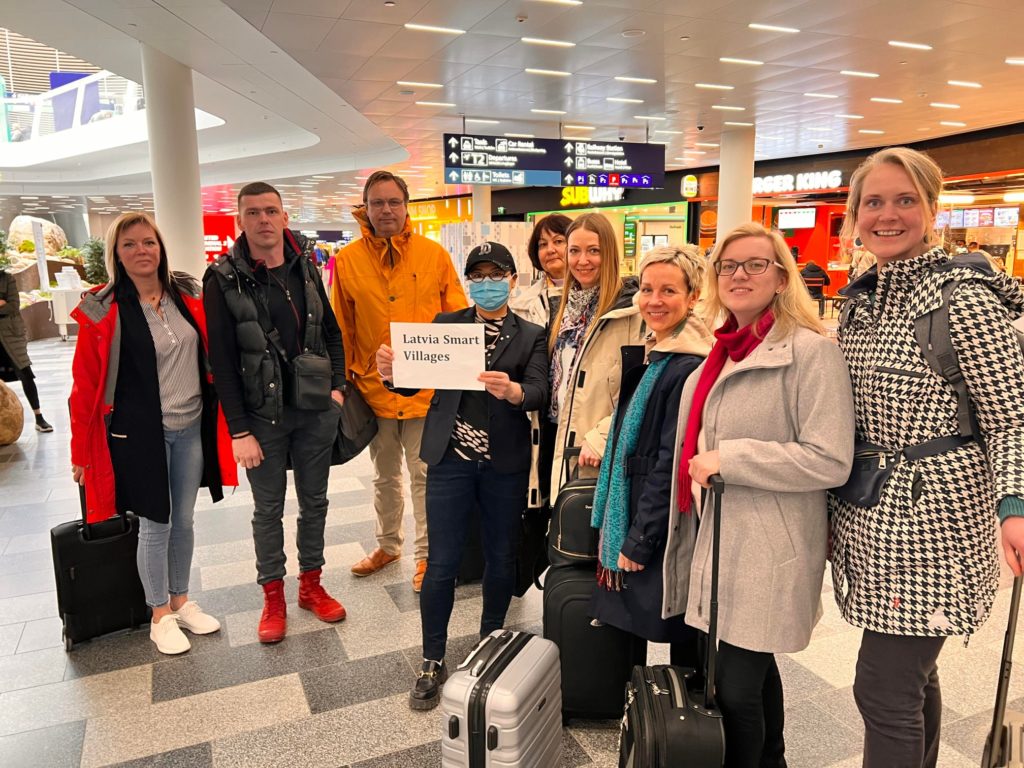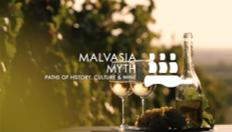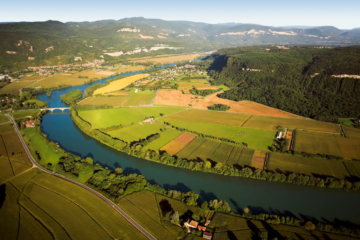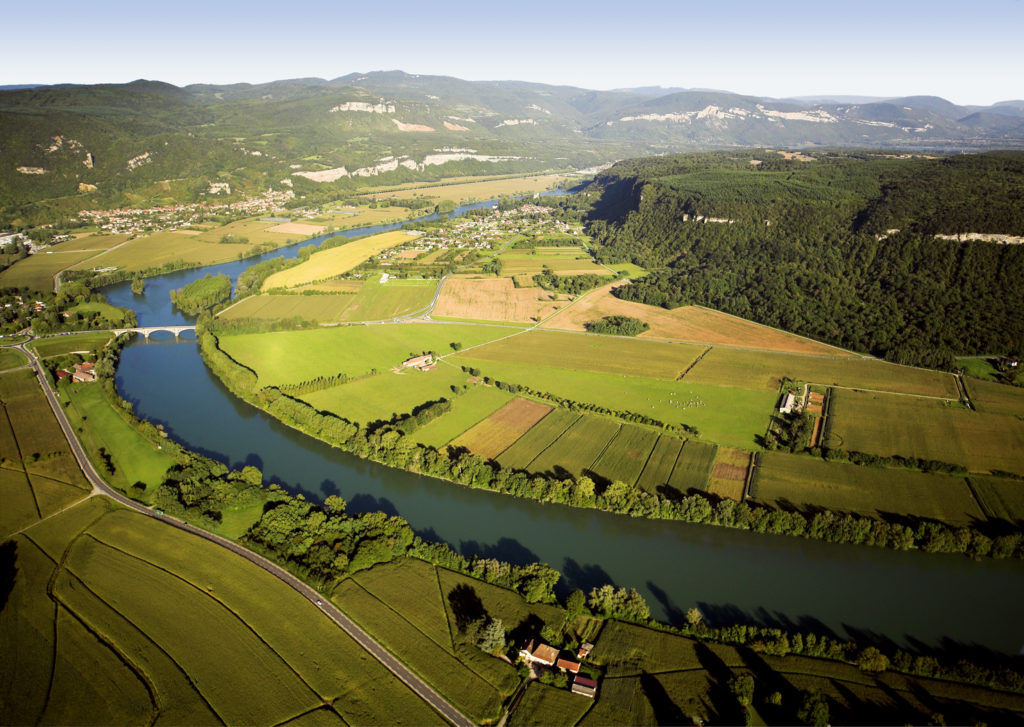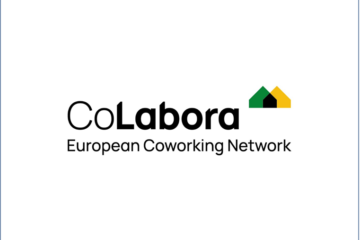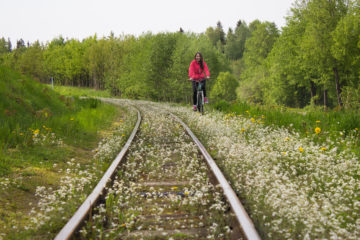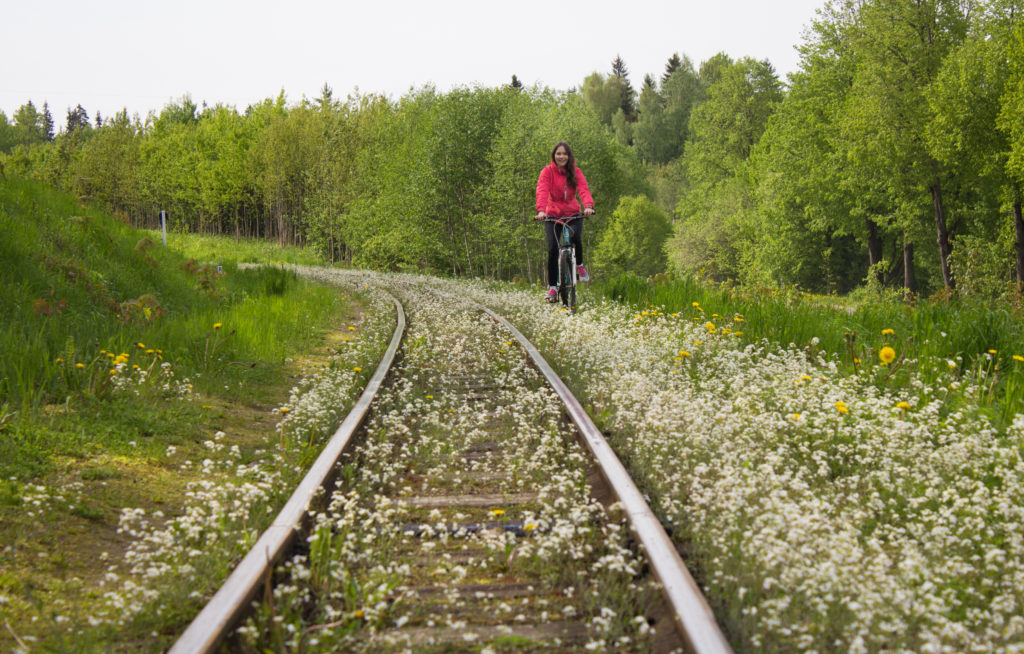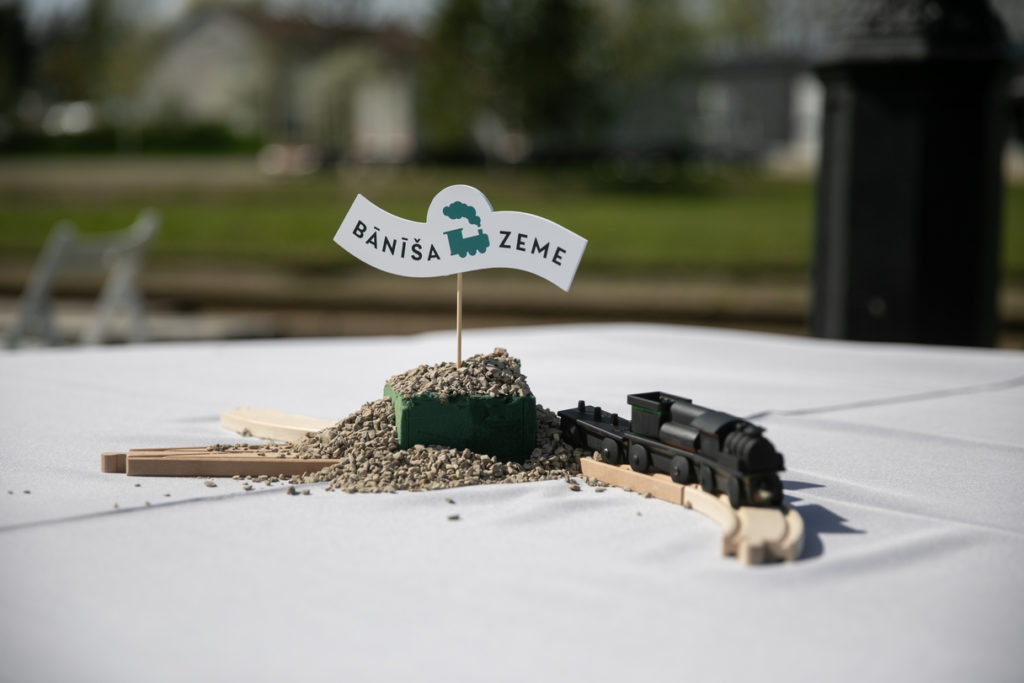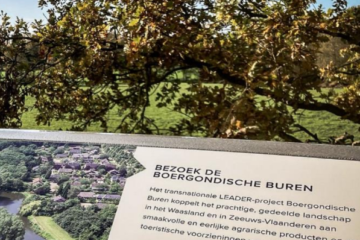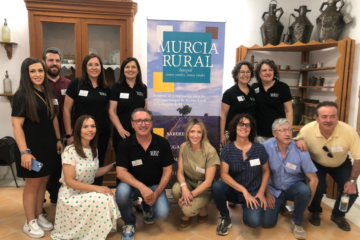Project n°26
INTRODUCTION
5StarNature- project joins 4 European countries (Finland, Spain, Estonia and Italy) to develop and create international rural tourism events and highlighting nature tourism in respective areas networking internationally local tourism entrepreneuers and diffusing good practises. Nature tourism is an important opportunity to diversify local rural economies that have lost part of their economic base. Nature, beautiful sceneries and rural culture can’t be imported or transferred to cities – the wholesome nature experience can be lived only in countryside! Project was implemented 2018-2020; continuation 2021-24
PRESENTATION OF THE PROJECT
Nature and rural cultural tourism is a quickly growing but still innovative segment of the global tourism market. From a mere niche it has during the last years became an important segment that involves millions of travellers each year. Developing and making this type of tourism more known is a very important possibility to rural areas and their stakeholders.
We have, however, a lot to do in this sector and specially in combining nature and cultural values as well developing multi sided travelling opportunities for different tourist segments. Potential benefits produced by nature and culture tourism for the host regions and the involved stakeholders are huge and many sided.
Six LAGs (Local Action Groups) started working together in project: 5Star Nature, that involves rural areas with a high nature quality and very valuable resources, to explore and improve the opportunities for international tourism, detecting good practices on nature tourism, training entrepreneurs and funding a network involving 4 European countries. All the territories have hidden tourism gems which should be valorized.
The project consisted on local and common transnational activities. An international project logo competition, best practise publication in English and in national languages, benchmarking visits reciprocically testing the tourism products, common and local social media channels (like IG, facebook), event marketing and seminaries.
Project film: https://www.facebook.com/5starnature/videos/387262752403764
Locally the stakeholders realized different materials which serve to enrichen tourism offer like the Finnish counterpart of the project realized for instance local herb guide, digital maps on less known sightseeing points and films. For instance travel associations”rural film” https://www.youtube.com/watch?v=tigYPjU3fHE Example of local event organised within partnership: Italy: Biking GAL – event https://www.facebook.com/watch/?v=777109503561193&ref=sharing
PRINCIPAL OBJECTIVES
The objectives of the project “5 Star Nature + ” are as follows:
⦁ Exchanging best practices and strengthening an European wide network of rural tourism entrepreneurs and managers of different rural areas
⦁ Identification of best practices and intensification of entrepreneurial collaboration in local level
⦁ Educational sessions on tourism as follows the local entrepreneurs needs (locally)
⦁ Marketing the 5*Nature network locally and transnationally (Facebook, videos, fair and promotion events)
⦁ Improving ecotourism, as a way of healthier and more safe tourism, in areas with low density of population
⦁ Opening international tourism to rural areas
⦁ Bring a quantum leap in local economic scene
⦁ Create a net of rural tourist destinations active in cooperation with private tour operators
– Creation of continuing collaboration network which doesn’t finish when the project will finish but produces continuosly results
– Creation and support/developing of rural tourism events locally
– International logo competition
– Social media marketing IG, Facebook
– Benchmarking and study visits in each country
– Seminaries and workshops
– Best practise book
– Films and promotion material
– Evaluation and testing of tourism products and possible tourism products
ADDED VALUE OF THE PROJECT
The 5StarNature-project made possible intense netrworking of rural areas and their stakeholders from four countries and six different rural territories. The collaboration had been continuing and the 5StarNature project had 5StarNature II -continuation project in which the main focus was in rural bike events and biking, developing of cycling tourism events. Every area has local points of force to be developed basing to own areas needs. The Unesco Geopark dimension as common factor was identiefied and this has been generating further collaboration actions of different type between areas and stakeholders. One more LAG having a Geopark-area has joined in 5starnature network. This demonstrates a fruitful and successful Leader-area partnership. The Leader territories have gained extra boost in tourism sector and created successful events like Porikuu in Estonian LAG areas and developed in Spain “Otono Magico” event of Extremadura area. In Italy cycling events have been developed in both LAG territories. Different tourism groups have been visiting partnership areas incentivated by the projects. The social media sources and diffusion has been quite vast. Within the project have been organized for instance common international Logo Competition.
The project network is planning to continue the work in programming period 2023-2027 within thema of accessible tourism and the existing (Finland, Spain, Italy) and aspirating (Estonia) Unesco Geoparks of the LAG areas are making collaboration. The project has supported also the Geopark application process in Estonian partner area.
The projects impact is seen also in relatve Geopark areas located in the areas as developing the offer and giving for the tourism sector operators more sight and experience how to develope international tourism.
